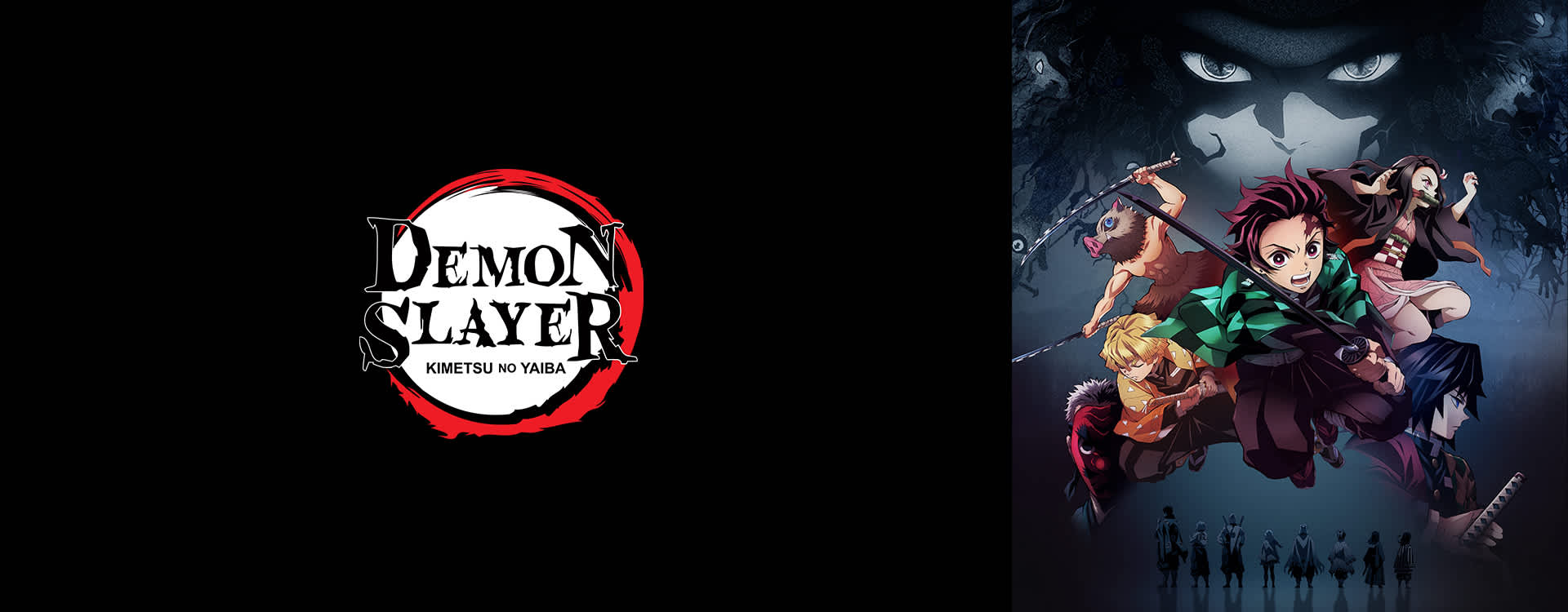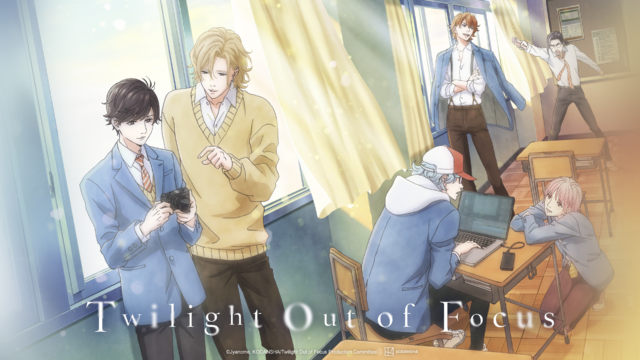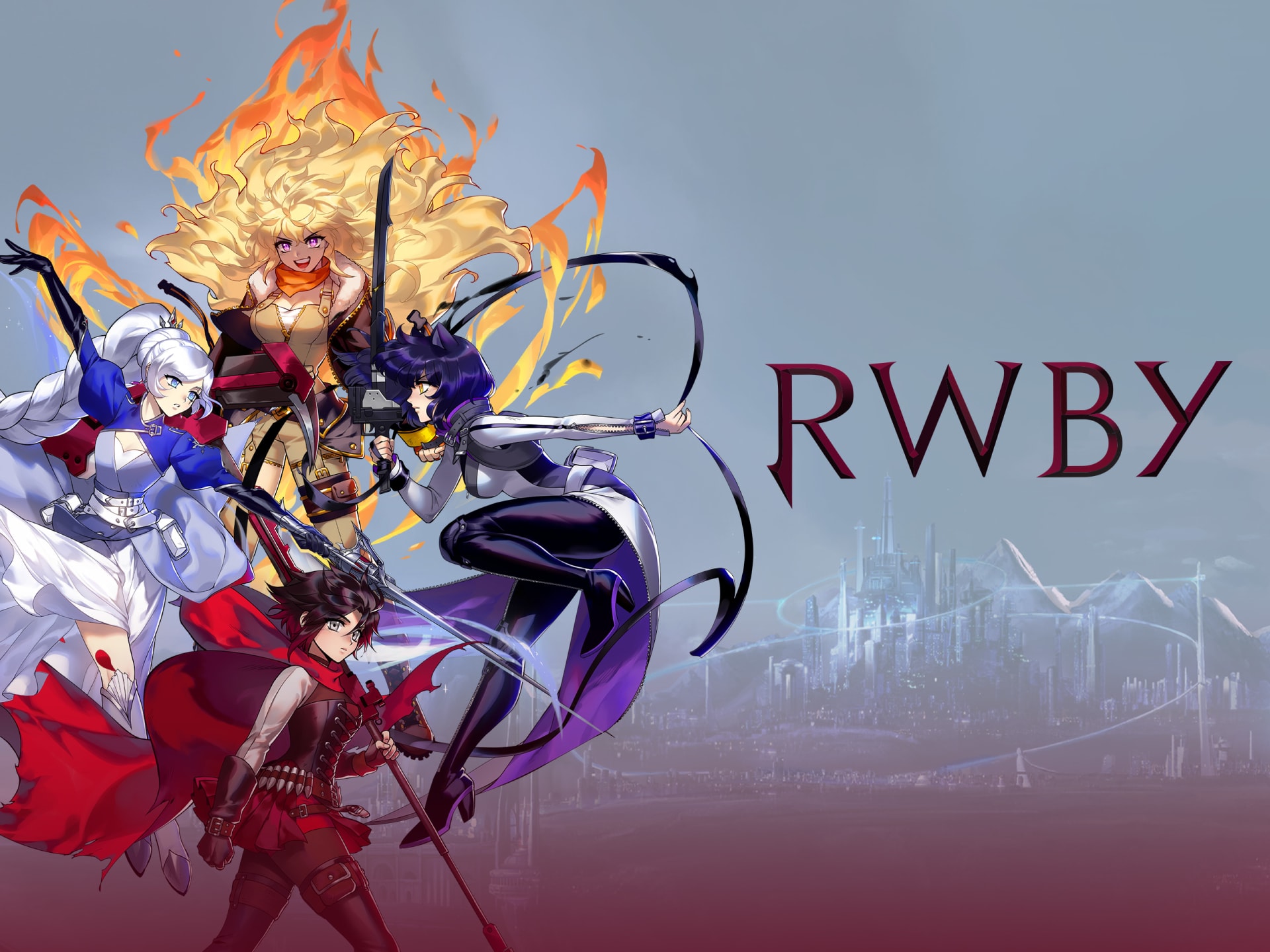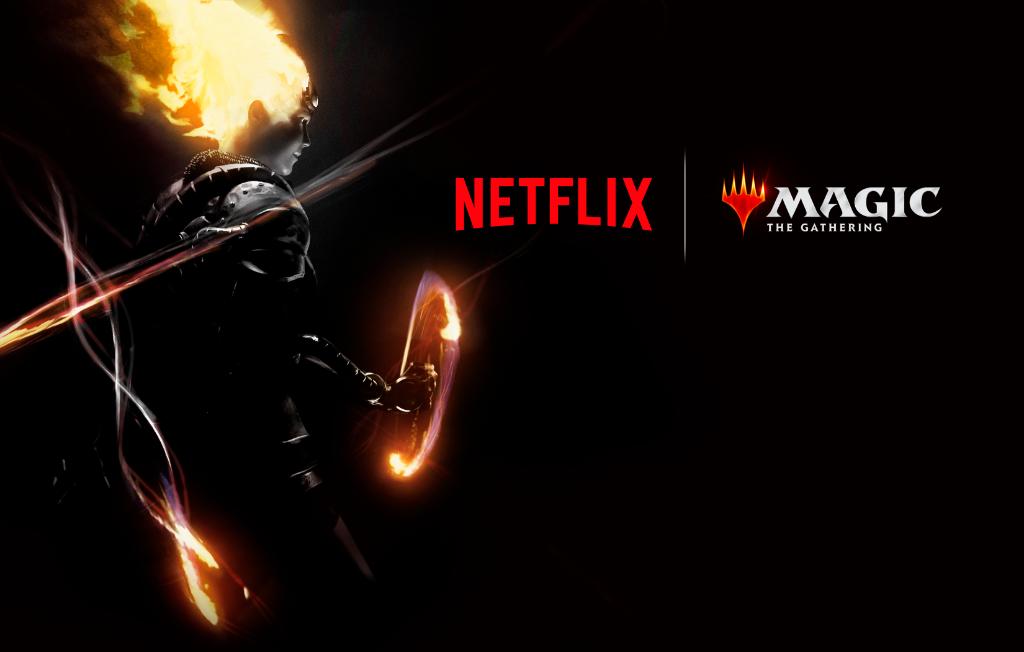English Dub Season Review: Demon Slayer: Kimetsu no Yaiba Hashira Training Arc
The first time I heard of Demon Slayer was in 2021 when the Mugen Train movie arrived in U.S. theaters during the troubling days of the COVID pandemic. While I didn’t experience the anime’s first cinematic adventure on the big screen, it persuaded me to check out the show on Netflix to see what the hype was about. The rest, as they say, is history. Demon Slayer is another anime that proves to be just as captivating and surprisingly emotional as the source material. Regarding its characters, superb storytelling, and breathtaking animation, the series is a breath of fresh air in the supernatural action genre that isn’t without its emotional beats carrying the narrative. Without the Mugen Train movie, I wouldn’t have been able to jump aboard this hype train or be more interested in its future, so I will continue to credit that film until the day I die.
That said, I was proud to receive the opportunity to review the fourth and final season of Demon Slayer, which covers the “Hashira Training” arc. You might be asking why this is considered the show’s final season. Well, it’s because it was announced that a film trilogy covering the manga’s “Infinity Castle“ arc is coming to theaters soon. I guess they want to deliver a grand finale on a cinematic scale, similar to “Lord of the Rings“ and “Harry Potter”. This announcement and the fourth season were enough to get me excited for the ultimate showdown between the demon slayers and Muzan Kibutsuji, even though the season itself wasn’t as memorable as the previous ones regarding its reception and direction. I can understand why everyone might not appreciate the final season, but I don’t think it deserves the hate.
The Hashira Training arc is the shortest season of the Demon Slayer series, consisting of eight episodes compared to its first season with 26. Regarding the structure, I can definitely see why. The overall arc is basically an exposition dump showcasing Tanjiro Kamado recovering from his battle at the Swordsmith Village and training with the other Hashira and their trainees. Of course, the training isn’t without its share of drama, including Giyu Tomioka’s refusal to partake in the Hashira Training and Sanemi’s sibling rivalry with his younger brother, Genya. While the season’s structure can be repetitive or uneventful at times, it delivered plenty of merits in its characters and presentation, maintaining the show’s consistent quality.
The most notable ones in the arc are the explorations of the Hashiras’ character depth, portraying their vulnerability amid their incredible skills. One example is in the second episode, “Water Hashira Giyu Tomioka’s Pain,“ where Giyu refuses to participate in the Hashira Training due to his guilt of passing Final Selection despite not slaying a single demon. The other example is the penultimate episode, “Stone Hashira Gyomei Himejima,“ where Himejima explains to Tanjiro the reasoning behind his cynical and distrustful nature. These moments further showcase the show’s ability to flesh out characters through its emotional backstories and arcs, especially the supporting ones. While Giyu’s episode was more effective than Himejima’s, the season is another example of the series balancing compelling character moments with thrilling action.
Regarding the animation, Demon Slayer is one of the many examples of anime displaying artistry and style in its quality. Whether for the action sequences or the dramatic moments, Ufotable can do no wrong in creating some of the most breathtaking and immersive animations in an anime. Considering its quality, it’s no wonder they released its compilation films in theaters. It’s an anime that deserves to be seen on the biggest screen. The Hashira Training arc is no exception to this theory, utilizing its style to resemble the fluid character movements and fast-paced choreography effortlessly. One notable example is Muzan’s grand entrance at the tail end of “Stone Hashira Gyomei Himejima”, which flawlessly combined its 2D animation with CGI for the shadings and backgrounds. Many anime shows have used CGI effects in their presentations with uncanny results, but Demon Slayer stood out the most because there’s actual effort in making the CGI feel seamless with the traditional animation.
Overall, The Hashira Training arc may not have as many iconic moments as the previous seasons, but that doesn’t make it bad. With the season focusing primarily on its characters, it provided more of a laidback feeling that allowed viewers to explore its characters more emotionally and comically before the epic showdown. The result is a thoughtful, stylish, and consistently entertaining season that brings the popular series to a satisfying and cliffhanging close. It’s also a superb buildup to the highly anticipated “Infinity Castle“ trilogy that’ll surely be a grand experience for the manga’s fans. Ranging from its lovable characters to the incredible animation by Ufotable, this season slices and dices its way to the top, further emphasizing Demon Slayer as one of the most game-changing shows in the anime department.



























Just cancel this bird already. The chicken is beyond cooked. It's burnt to a crisp.